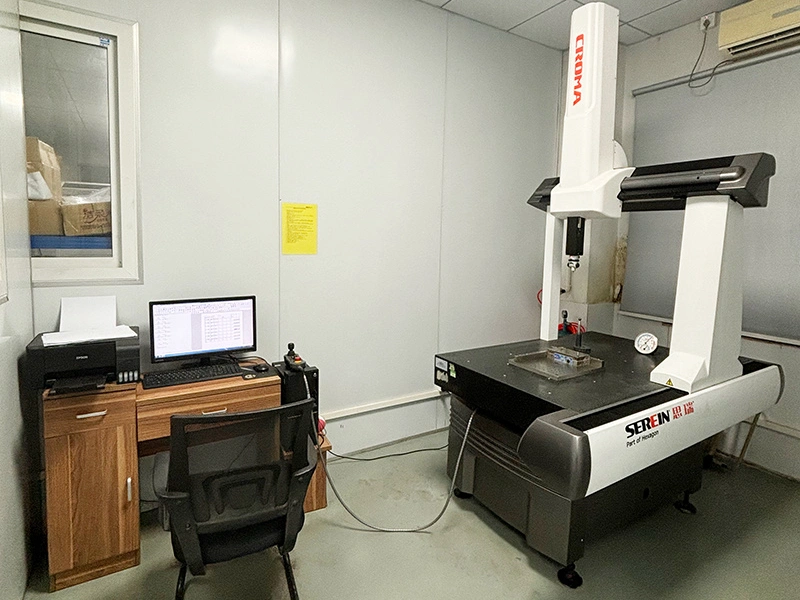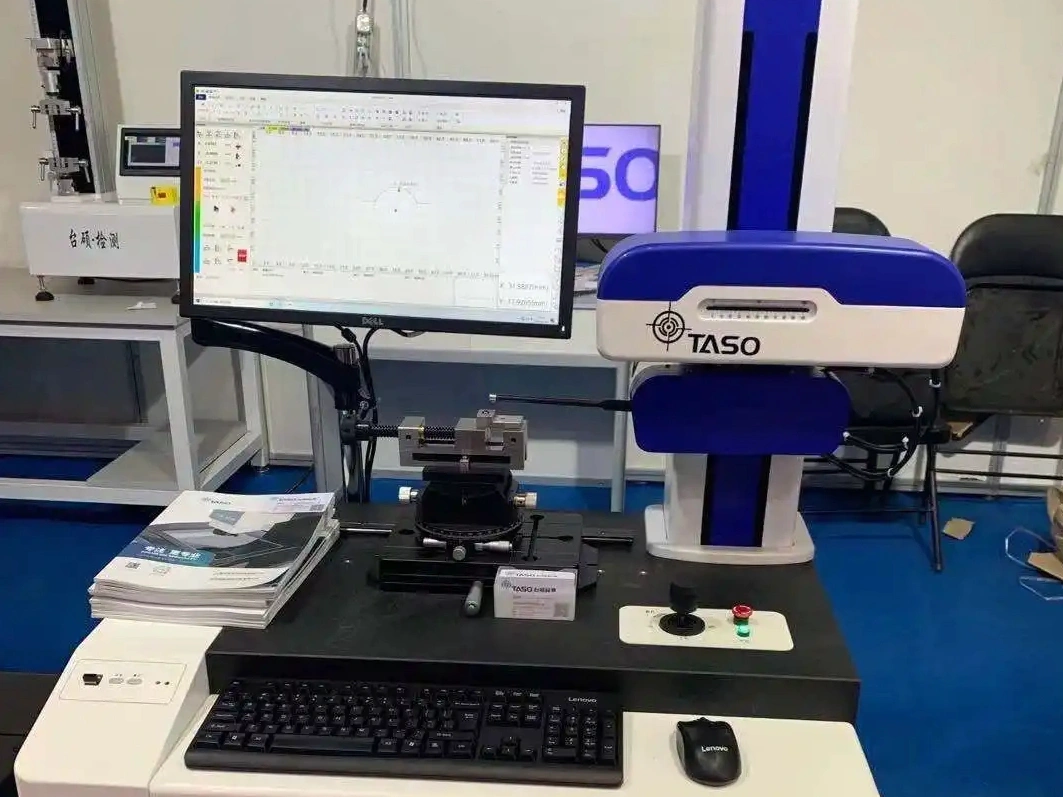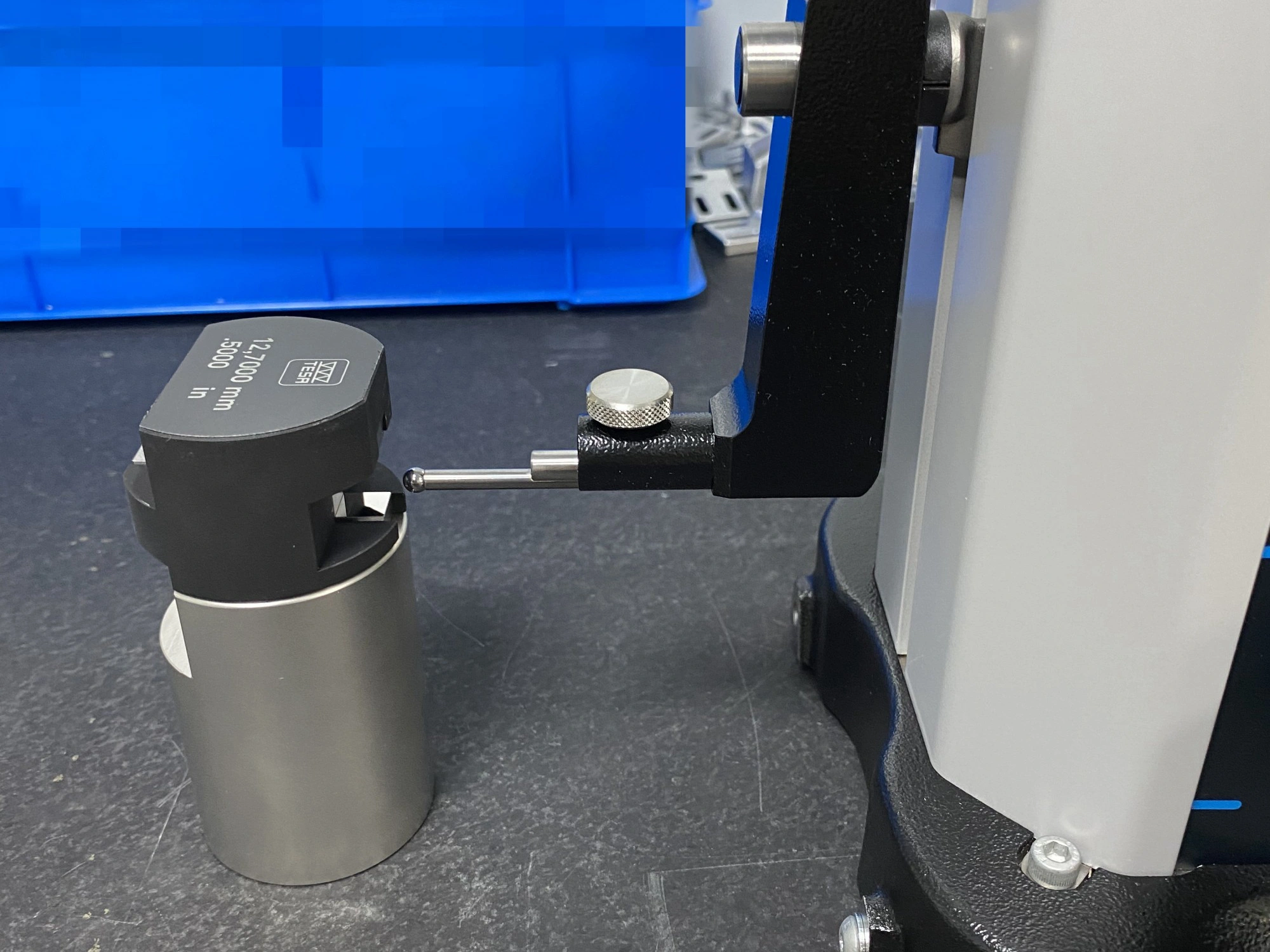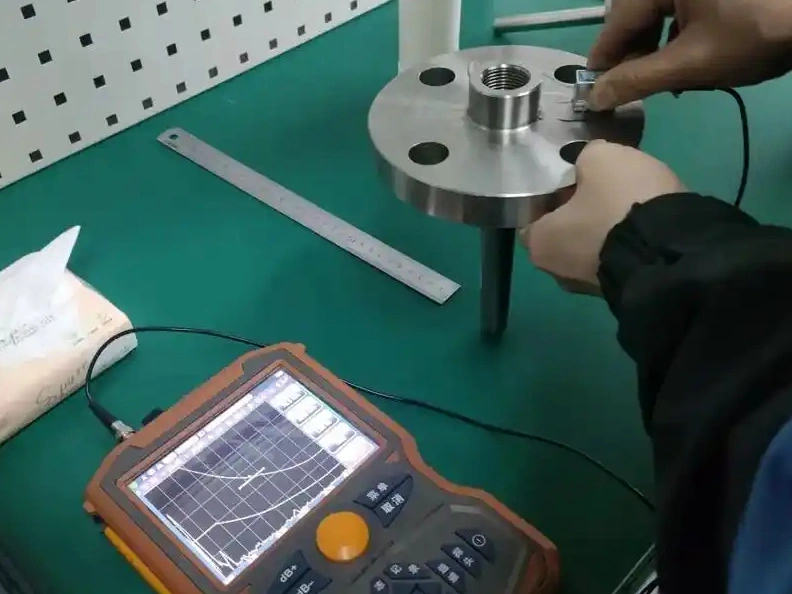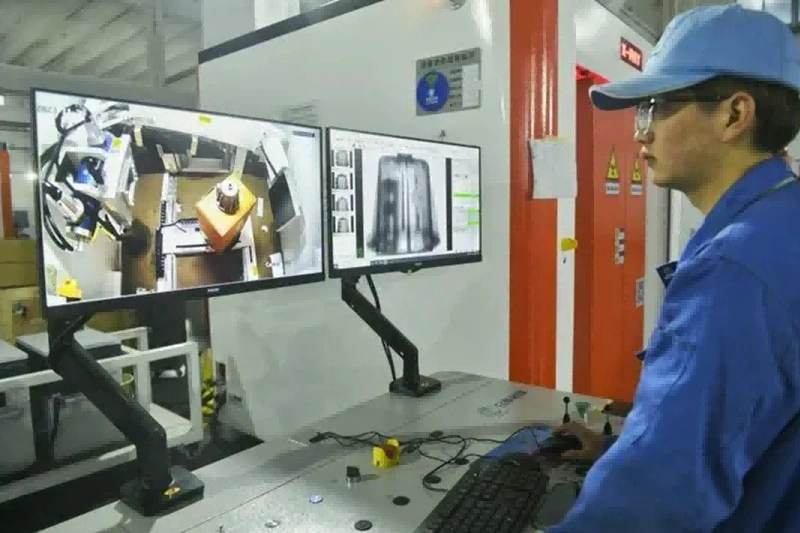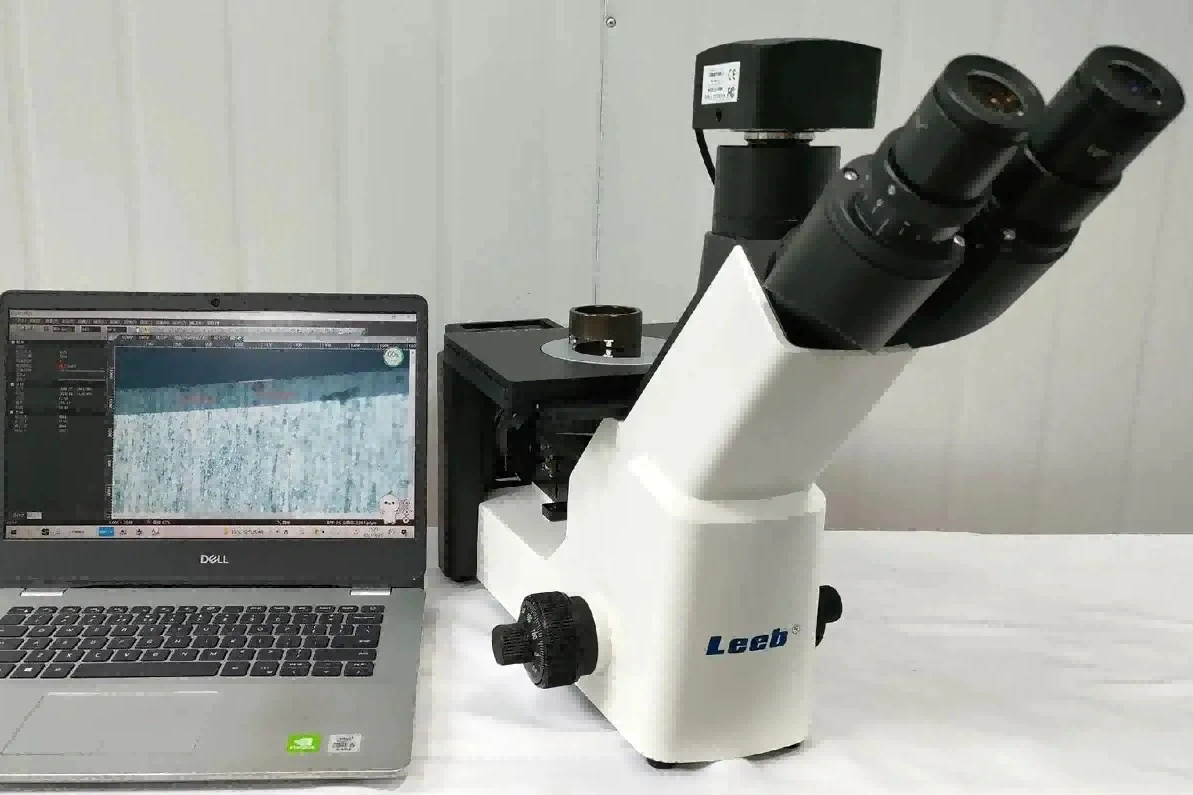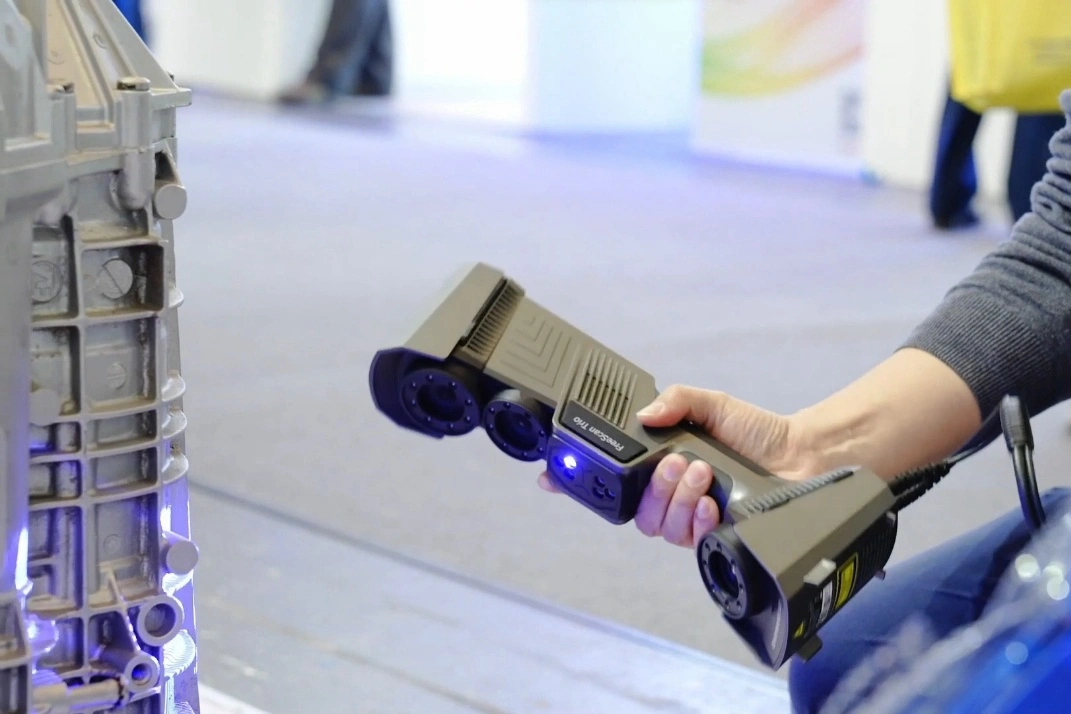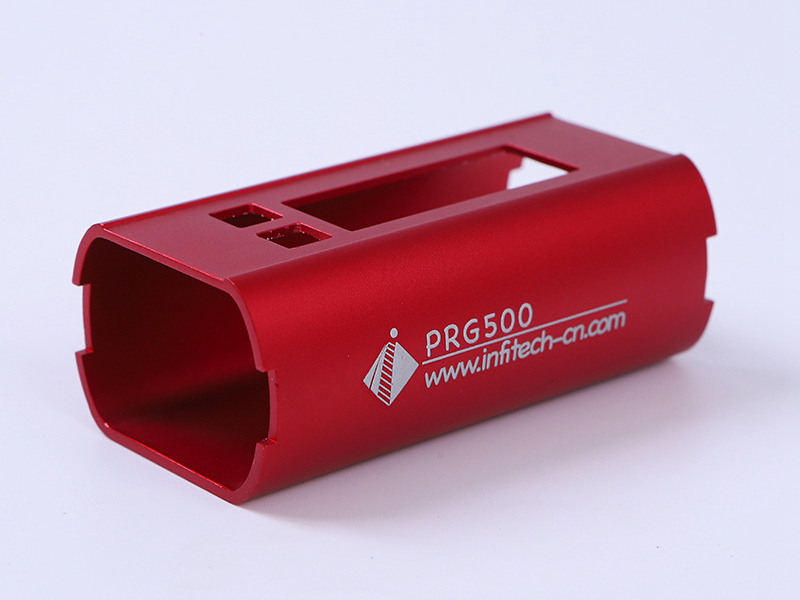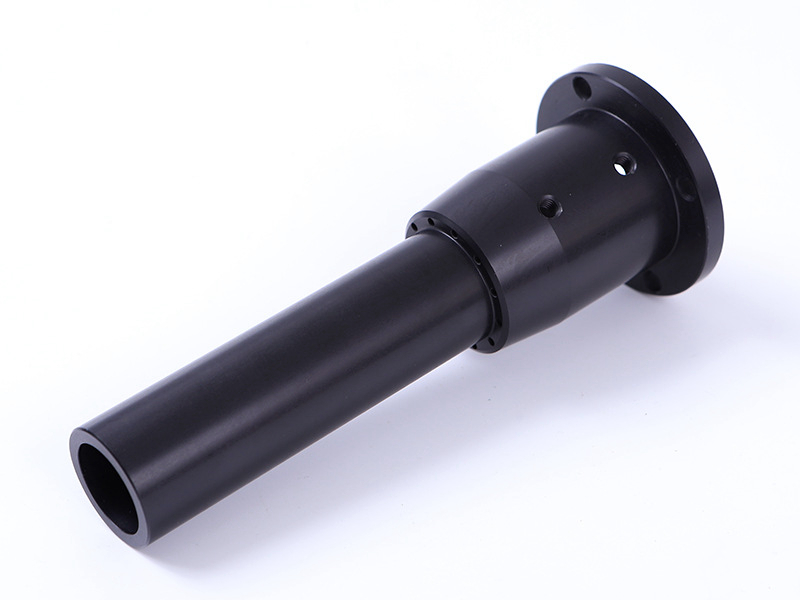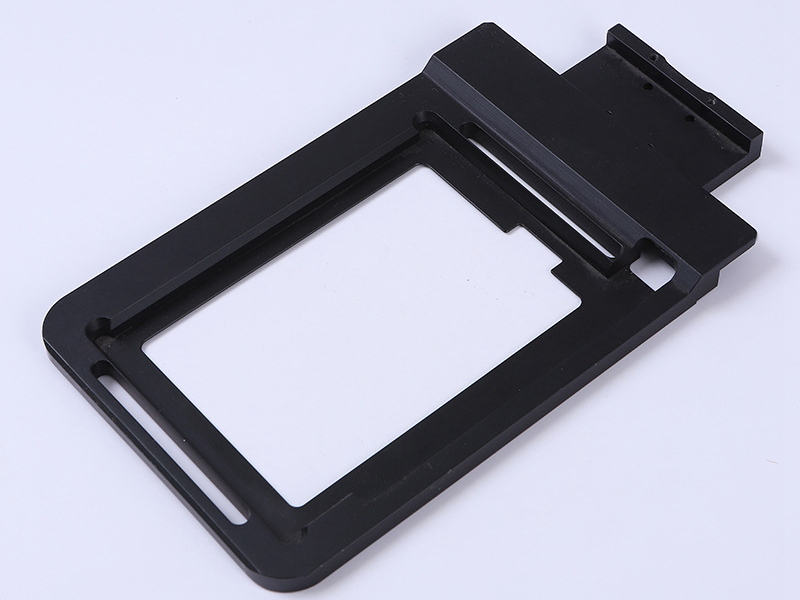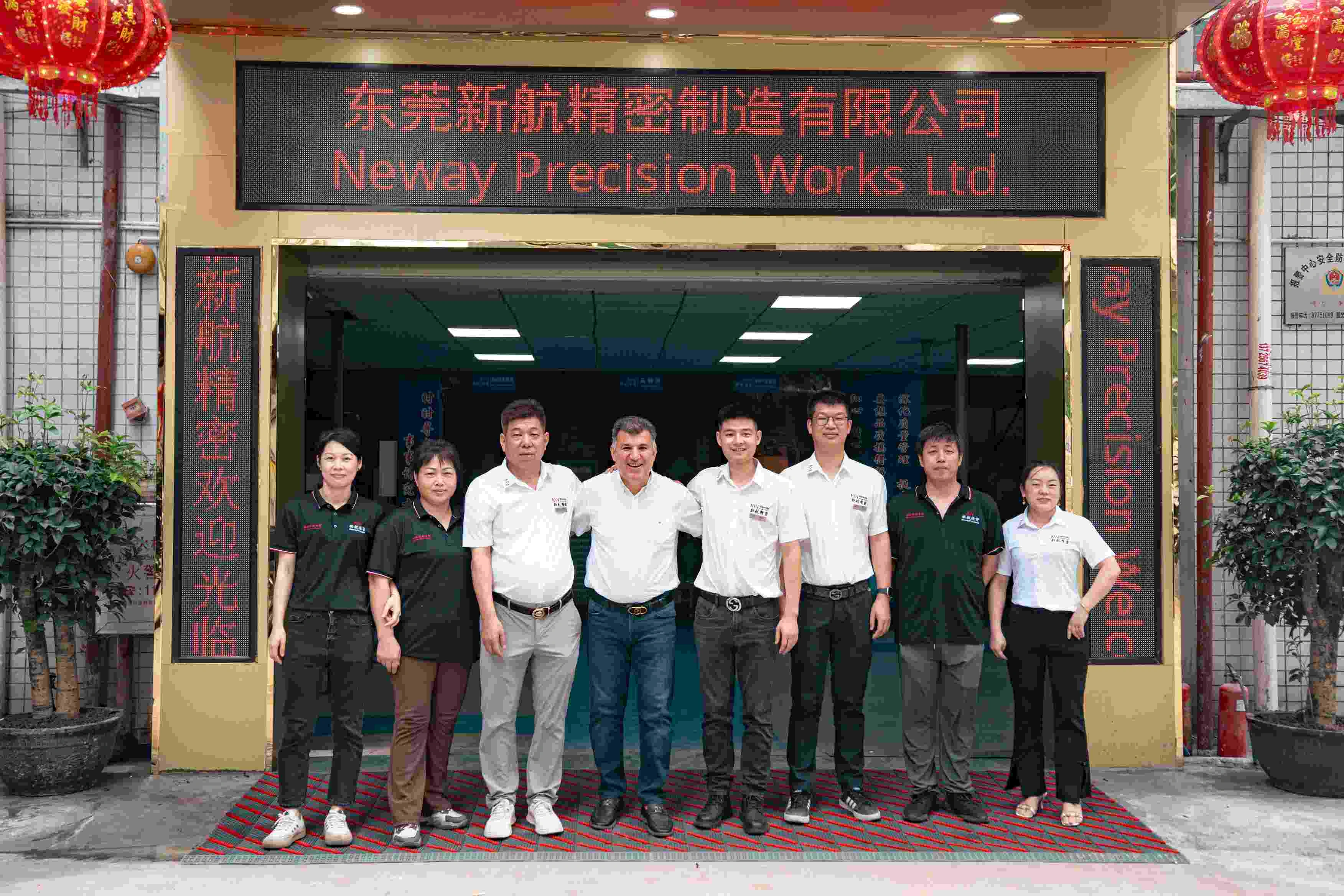ISO 9001 Certificated
Custom CNC Machined Parts Quality Assurance
Custom Parts Testing and Quality Assurance ensures that CNC Machined components meet the highest standards of performance, durability, and precision. Through rigorous testing and inspection, we validate functionality, material properties, and dimensional accuracy, ensuring reliability for various applications.
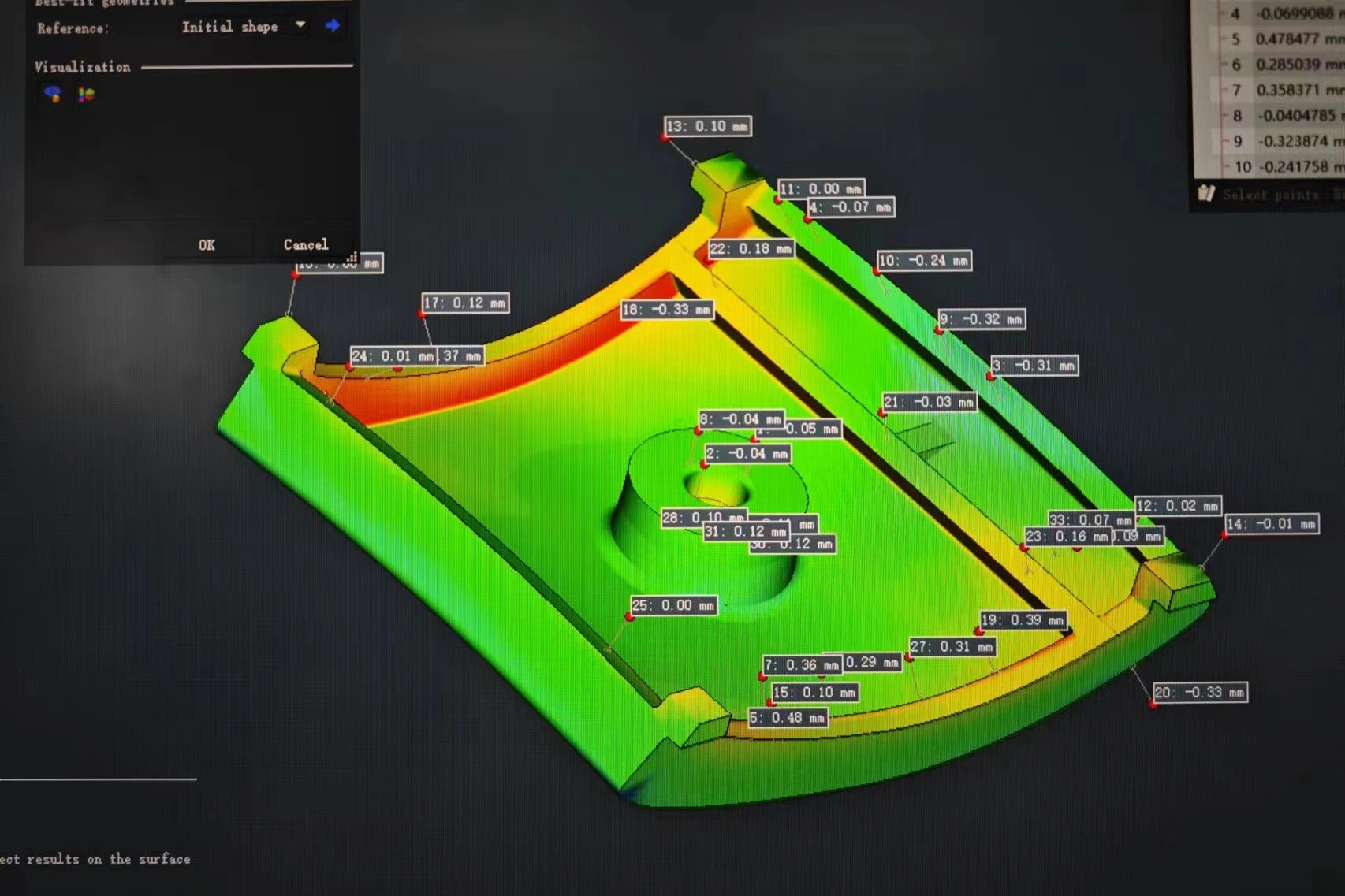
Coordinate Measuring Machine (CMM)
Coordinate Measuring Machine (CMM) performs high-precision dimensional inspection of CNC machined parts. Utilizing tactile or optical probing, CMM captures exact geometries and verifies tolerance conformance. It ensures CNC components meet stringent dimensional, form, and positional requirements, supporting first-article inspection, process validation, and quality assurance in aerospace, automotive, and industrial applications.
Contour Measuring Instrument
Contour Measuring Instrument performs ultra-precise surface profile and contour analysis of CNC machined parts. It evaluates form accuracy, waviness, and step heights with micron-level resolution. Ensures critical surfaces and functional profiles meet stringent design specifications, supporting quality assurance in aerospace, automotive, and high-precision industrial machining applications.
Height Gauge
Height Gauge provides high-precision vertical dimensional measurement of CNC machined parts. It verifies heights, step depths, and vertical distances with micron-level accuracy. Essential for first-article inspection, process control, and quality assurance in aerospace, automotive, and precision industrial machining of critical components.
Ultrasonic Testing Equipment
Ultrasonic Testing Equipment enables non-destructive evaluation of internal defects in CNC machined parts. Using high-frequency sound waves, it detects subsurface flaws such as cracks, inclusions, and delamination. Essential for quality assurance and structural integrity verification in aerospace, automotive, and critical industrial machining applications.
X-ray Inspection Workshop
X-ray Inspection Workshop conducts non-destructive internal defect analysis for CNC machined parts. Utilizing high-energy X-rays, it visualizes internal structures to detect porosity, cracks, inclusions, and dimensional inconsistencies. Critical for quality assurance, structural validation, and process control in aerospace, automotive, and precision industrial machining applications.
Metallographic Microscopy
Metallographic Microscopy provides high-resolution microstructure analysis of CNC machined parts. It reveals grain structure, phase distribution, and surface defects through polished cross-sections. Essential for validating machining processes, heat treatment outcomes, and mechanical property correlations in aerospace, automotive, and high-precision industrial components.
3D Scanning Measuring Instrument
3D Scanning Measuring Instrument performs high-precision, non-contact dimensional inspection of CNC machined parts. Captures complete surface geometry with micron-level accuracy. Essential for validating complex geometries, detecting dimensional deviations, and ensuring conformance to CAD models in aerospace, automotive, and precision industrial applications.
Let's Start A New Project Today
Frequently Asked Questions
Explore Related Resources
Solutions
Copyright © 2025 Machining Precision Works Ltd.All Rights Reserved.
